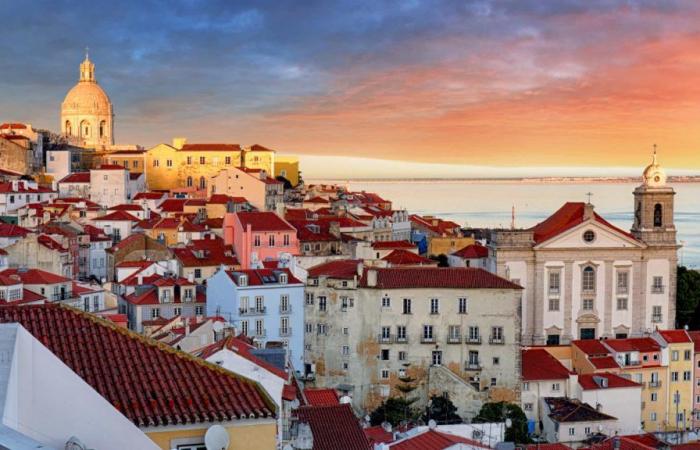ANDn 1974, Portugal’s population amounted to 8.8 million, while in 2022 it totaled around 10.4 million and was more cosmopolitan, including 7.5% foreigners.
The number of foreigners “increased 24 times” between 1974 and 2022, rising from 32,057 to 781,247, according to Pordata, the Francisco Manuel dos Santos Foundation’s statistical database.
The demographic profile of the population has also changed, with there currently being 45% fewer people under the age of 15 and three times as many over the age of 64.
Children and young people up to 14 years old represented 28% of the population in 1974 (13% in 2022), while 62% were between 15 and 64 years old (63%) and 10% over 65 years old (24%).
“In five decades, Portugal was the country in the European Union where the senior population increased the most and the 3rd country that lost the most children and young people.” In 1974, there were 35 elderly people for every 100 young people and, in 2022, 185 elderly people for every 100 young people, thus becoming the country “that most reversed the position of its aging index”, moving from 1st with fewer elderly people per young people for 2nd with more elderly people by young people.
The fact that there are fewer children and that a 65-year-old can now expect to live an average of 20 more years (seven more than 50 years ago) also explains demographic aging.
On the other hand, “the increase in education, the greater participation of women in the job market and widespread access to contraceptive methods contributed to the postponement of maternity projects and the ‘shrinking of families'”, explains Pordata.
Five decades later, women have their first child, on average, seven years later and births are now close to half as many (84,000 versus 172,000), as are marriages (36,952 versus 81,724). The secularization of society can explain the large decrease in the number of Catholic marriages (81% in 1974 and 27% in 2022).
Instead, de facto unions grew and divorces (which in 1975 became permitted for Catholic marriages) increased 24 times.
The number of babies born out of wedlock has also increased, now accounting for six in every 10, whereas 50 years ago they represented just 7% of births, with the average number of children per woman dropping from 2.75 to 1.43.
As for families, they had an average of 3.7 people in 1970 and now have 2.5. Households with five or more members decreased by 22 percentage points (from 28% to 6%), while the percentage of people living alone increased from 10 to 25%. Families with two members increased by 11 percentage points in the same period and those made up of three and four people, which represented 40%, are currently 36%.
Read Also: Minimum wage, right to vacation and strike are achievements of the revolution
Download our free App.
Eighth consecutive year Consumer Choice for Online Press and elected product of the year 2024.
* Study by e Netsonda, Nov. and ten. 2023 product of the year – pt.com
Download our free App.
Eighth consecutive year Consumer Choice for Online Press and elected product of the year 2024.
* Study by e Netsonda, Nov. and ten. 2023 product of the year – pt.com
Tags: Portugal million inhabitants families
--






